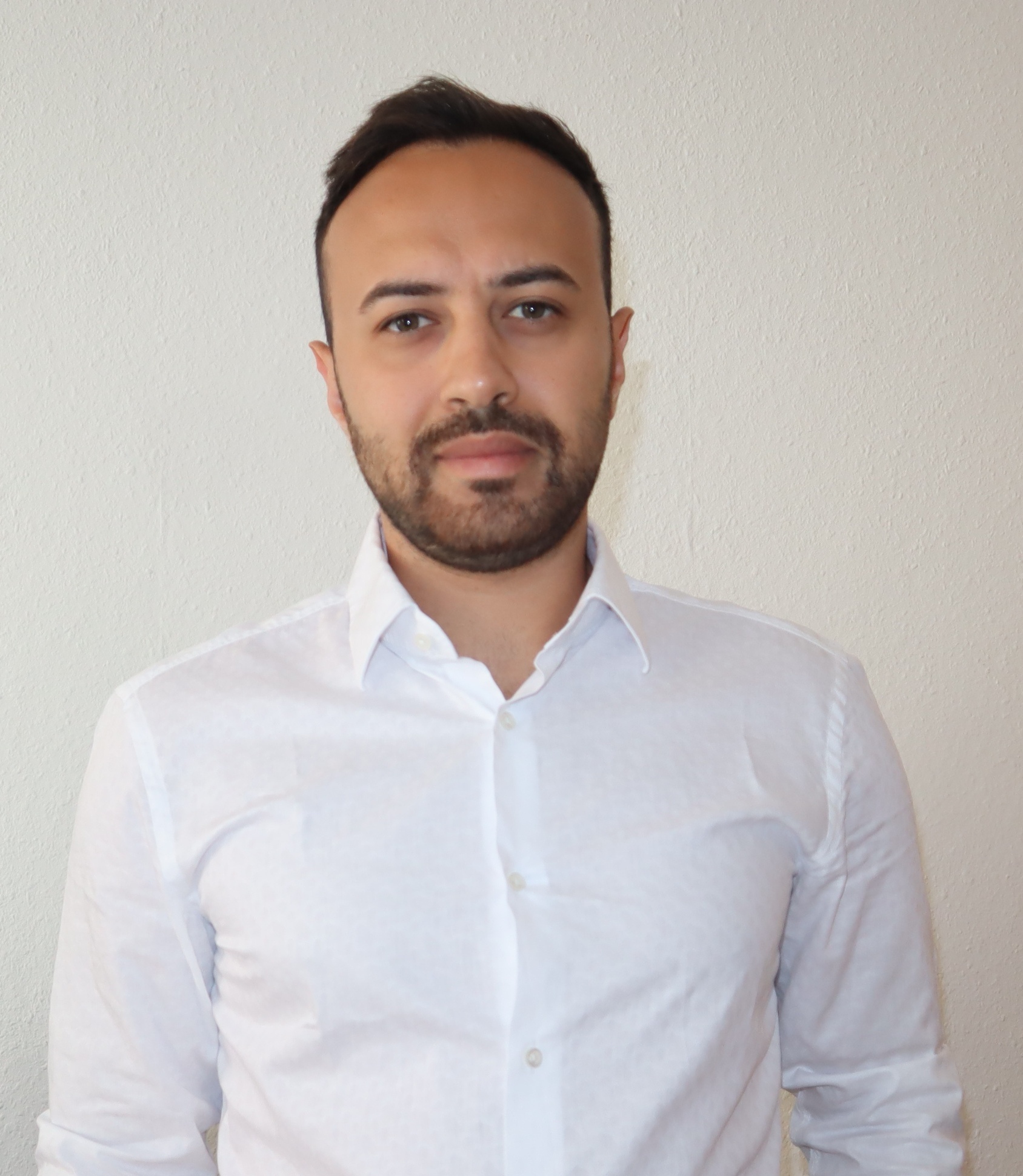
Research Interests
In general, my research focuses on numerical simulations of the theory of the strong interactions among gluons and quarks,
which is responsible for confining quarks and gluons inside hadrons, and for binding protons and neutrons inside nuclei.
In particular, one of my researches focuses on the hadron structure and the determination of the nucleon matrix elements
and transition matrix elements such as the nucleon to nucleon-pion and nucleon to delta matrix elements.
Their precise determination is needed for future neutrino oscillation experiments like DUNE at Fermilab,
which might potentially answer fundamental questions about our Universe like
This project has received funding from the European Union's Horizon 2020 research and innovation program under the Marie Skłodowska-Curie Grant Agreement No. 813942 (ITN EuroPLEx).
This research received two awards:
My other main research concerns numerical advances to reduce the statistical errors of observables
computed with Monte Carlo simulations. In particular, together with my collaborators at DESY, Wuppertal and Dublin,
we adopt the so-called multilevel technique to reduce the statistical errors of gluonic and mesonic observables.
These techniques are necessary due to the challenging signal-to-noise ratio that prevents the study of such
observables at large time using standard methods. This research addresses another fundamental
question of particle physics, which is the phenomenon of confinement and the mass gap generation in QCD and Yang-Mills theories.
This project is supported by the German Research Foundation
(DFG) research unit FOR5269 "Future methods for studying confined gluons in QCD".